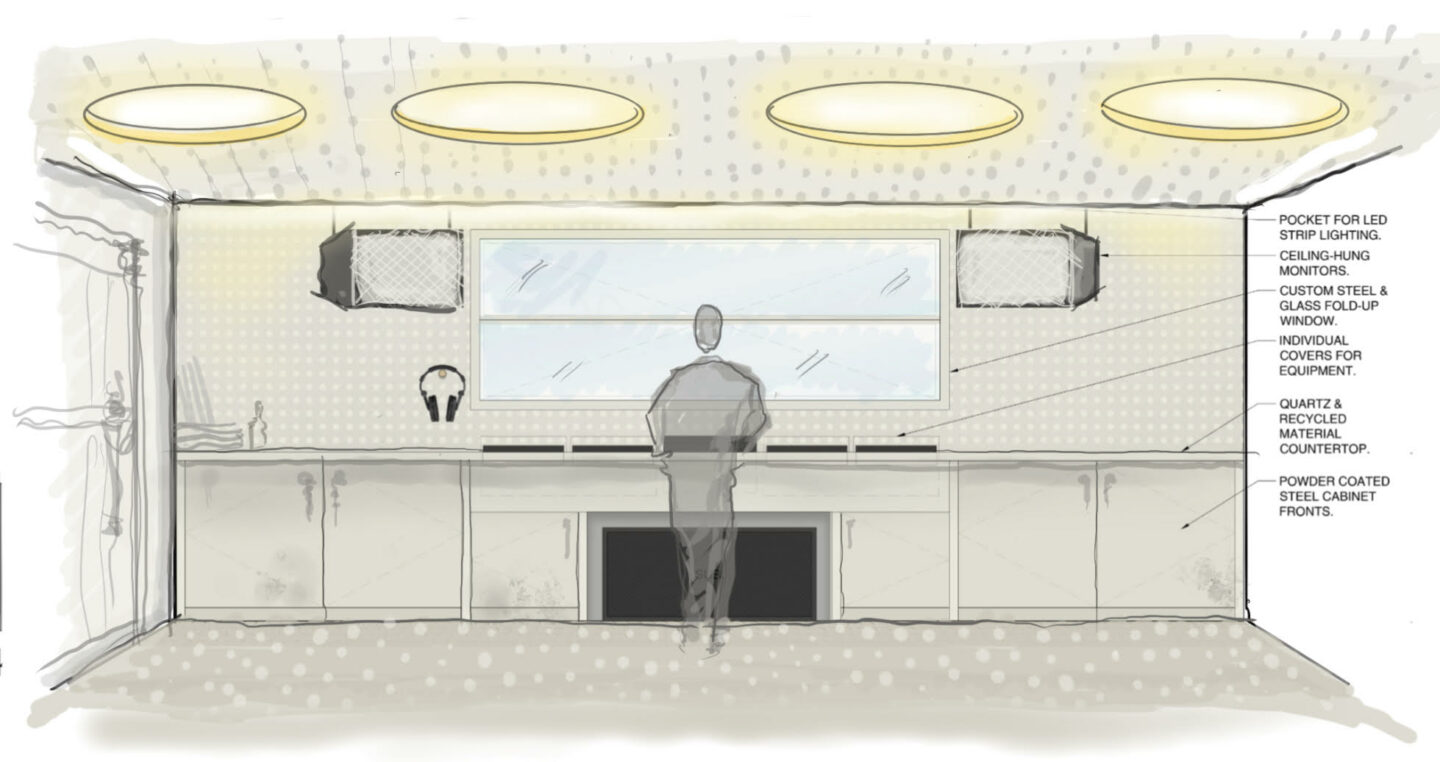Space Exploration is an integrated interior and architectural design practice in New York, founded by Kevin Greenberg. The firm has a a great reverence for history, but also prizes innovation and fresh ideas. They’re founded on the belief that the surest path to a successful and beautiful project is through a sustained, clear and open dialogue between designer and client. PR previously collaborated with the firm on the venue’s main spaces so it was an easy decision bringing them on for the NURSERY.
Get into the interview below to get more of a sense of the team and their dreams with us.
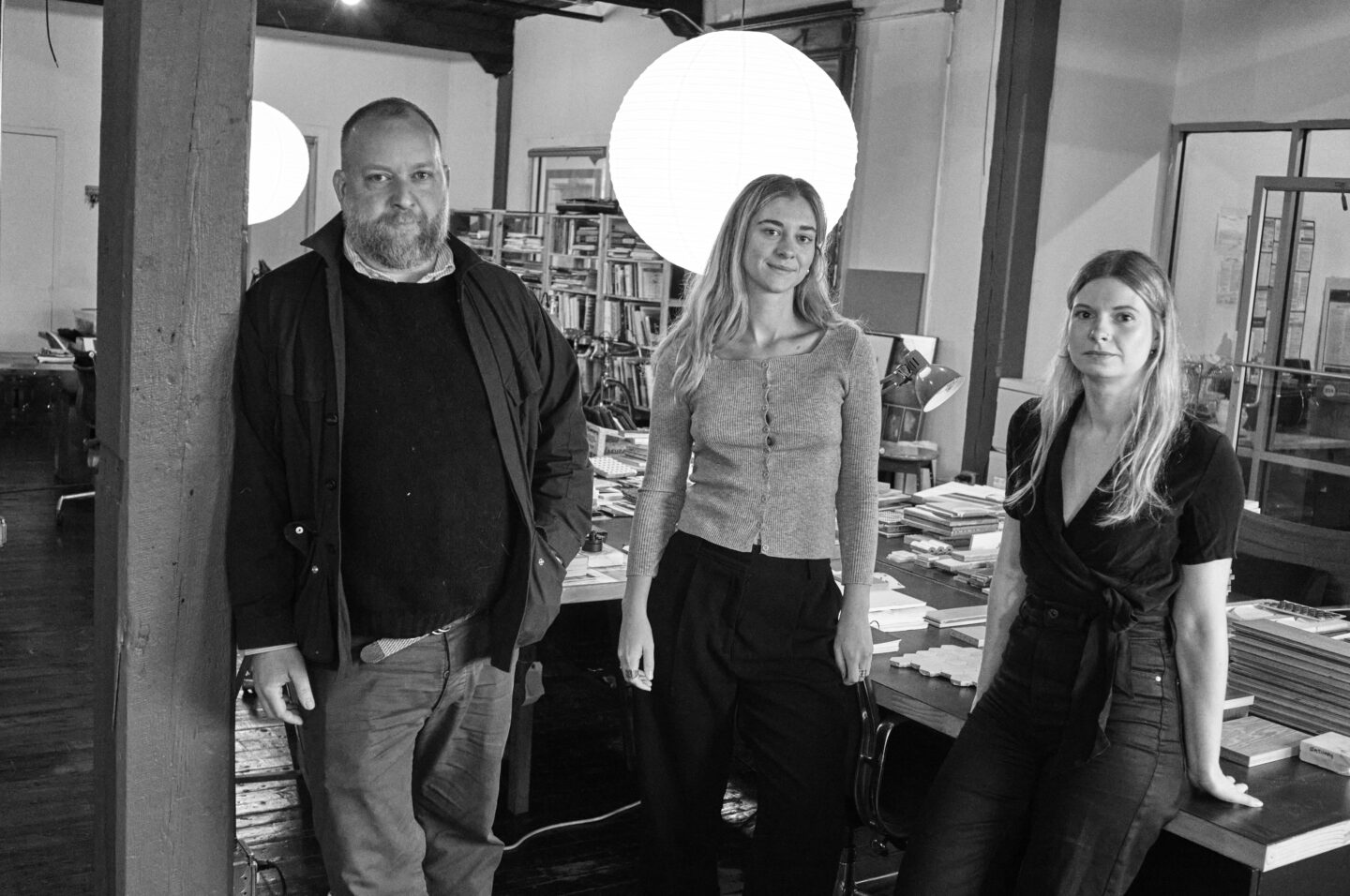
What does the name Space Exploration mean to you?
The name initially appealed to me because of the play on words, of course. But since the firm’s work began over a decade ago, “space exploration” has also come to describe how we approach design. It’s our daily practice. To me the word “exploration” evokes thoughtful study, but it also suggests boldness in the presence of the new and unknown. I’d like to think there are elements of all of those qualities in our methods.
Design is supposed to be fun, and we want the collaboration to be fun for the people who hire us, too. So our work is rooted first and foremost in curiosity, which we express through ongoing, evolving dialogue with our clients. And while we always strive to bring rigor to all aspects of our practice, we also try to maintain a sense of lightness and play as we go about our work.
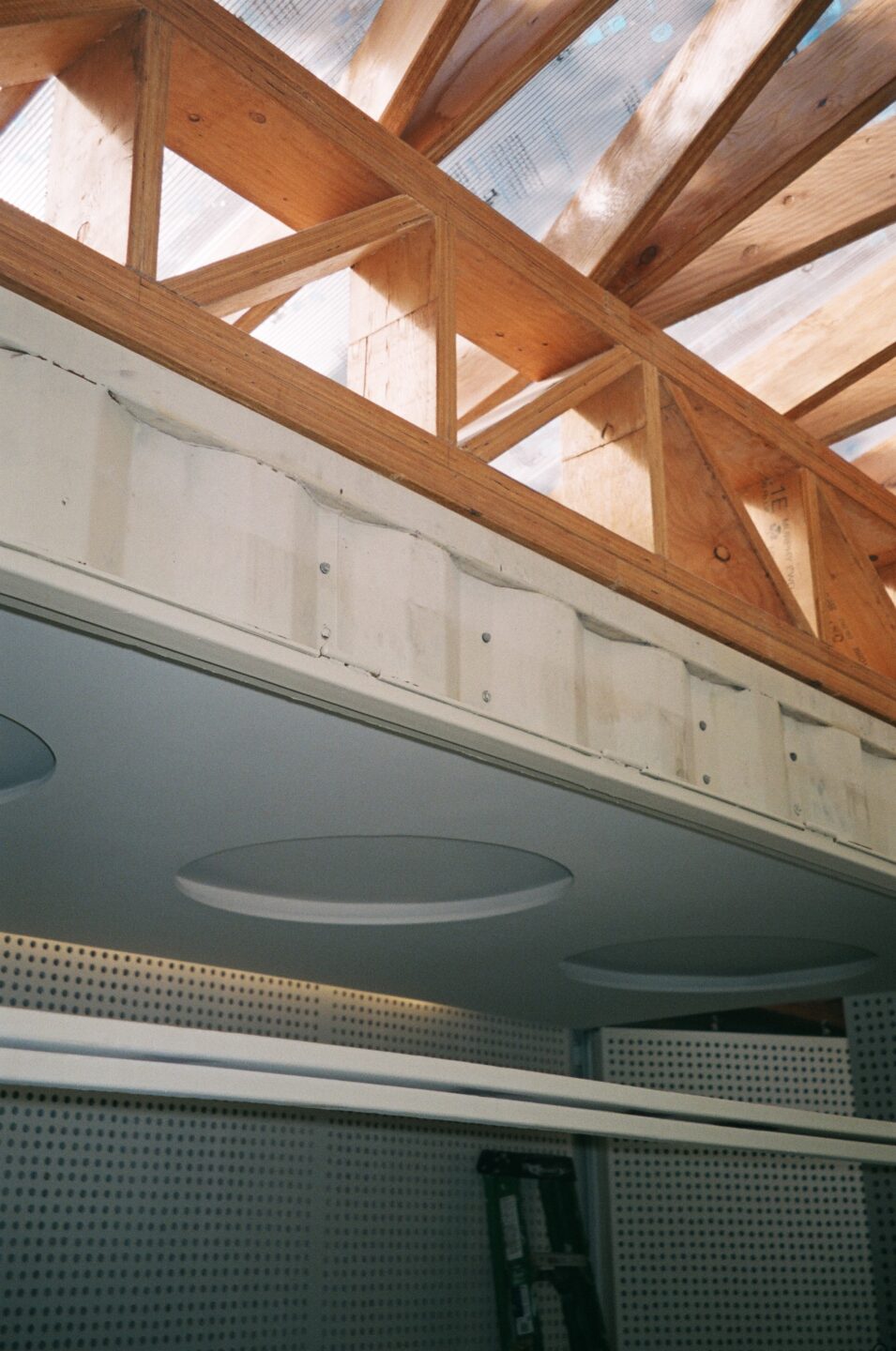
When do typically start the design process?
As soon as we’ve done the necessary work to understand the nature of the project at hand. What is its character? What’s special and unique about it? What are its particular limitations and constraints? How can we tease out the best of it through our involvement? That initial questioning inevitably informs our approach to the design of each individual project.
When someone brings us a new project, we first seek to understand it through research and analysis, which eventually leads to a series of proposed solutions — first through broad strokes, and then at increasingly smaller scales, with greater and greater sensitivity to detail. Along the way a grammar develops almost on its own that helps us define the look, feel and functionality of the space entrusted to us.
We embrace constraints, which are just a fact of life. They come in all forms. Sometimes they’re interesting, but usually they’re practical or just downright banal — budgetary or schedule limitations; some perverse existing spatial condition we have to dance around as the design develops; a maddening, esoteric clause buried deep in the building code that ties our hands, and so on. And maybe we’re crazy, but we actually kind of don’t mind, because the truth is that those limitations eventually define the outer contours of the project, and our efforts fill those contours like water fills a pitcher.
Frankly, we like a tight edit: we deliberately limit our palette of materials and colors, and we like to develop a detailing language that’s unique to each project and that can be repeated at different scales to define disparate conditions, like musical variations on a theme.
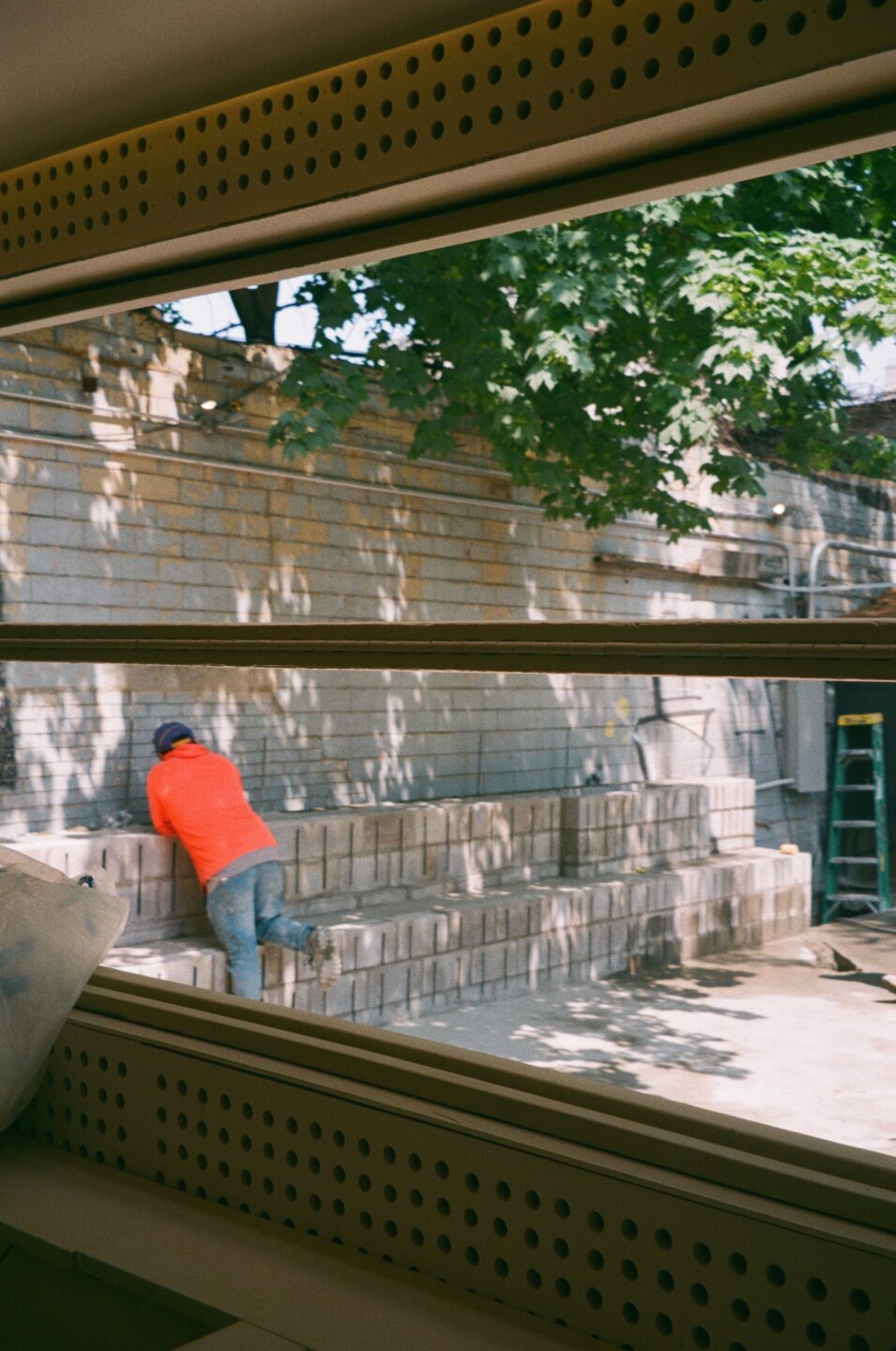
What or who in design inspires you?
Traits like efficiency, elegance, grace, and integrity. Drama and whimsy when they’re called for. Emphasis on the natural beauty of materials. A thoughtfully restrained palette. Common materials used in unexpectedly beautiful ways. Abundant consideration given to available light. Sophisticated use of color, shadow, and darkness.
As for specific designers and artists? Lina Bo Bardi, Carlo Mollino, Sam Bakewell, Robert Irwin, Lesley Vance, Anne Truitt, Agnes Martin, Sigurd Lewerentz, Jose Antonio Coderch, and Kazuo Shinohara are a few among many.
If you could build or design anything with no restrictions what would it be?
There are lots of programs at which I hope we eventually get to try our hand: I’d love to design a place dedicated to spiritual practice or contemplation. And I hope we have the chance to design more venues for music. It would be especially fun to do an intimate, hi-fi driven bar or something like that.
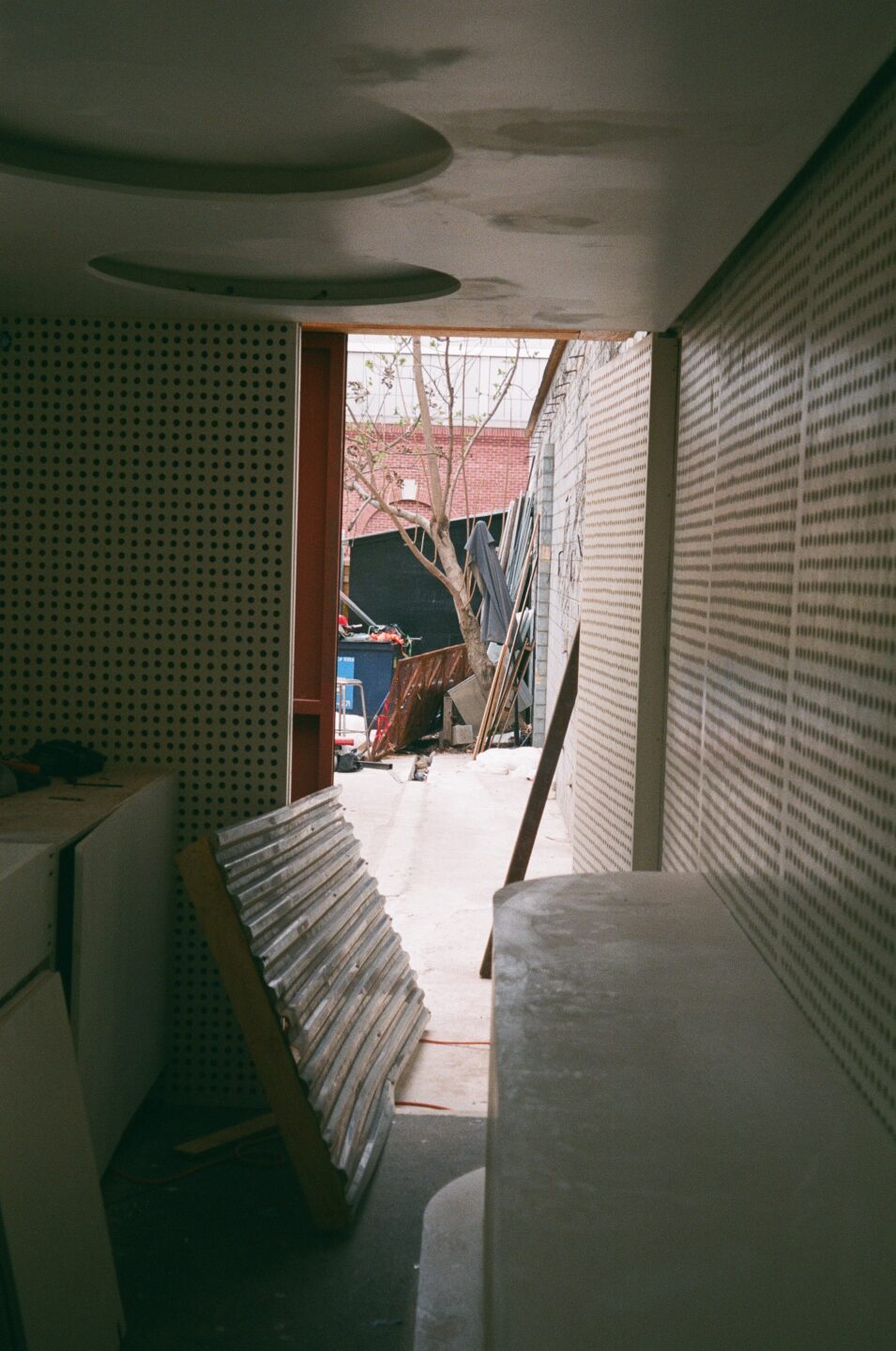
Is there a particular element of this project with Public Records that you are particularly proud of or excited about? Why?
We’re honored to have been invited back to contribute to The Nursery. Working with Shane and Francis on Public Records the first time around was essentially a dream come true, since I’ve passionately loved the types of music that are showcased at Public Records for about as long as I can remember.
During our first conversations with Shane about the design of the DJ booth at The Nursery, we landed on the idea that it should have a rugged, monochromatic look that reflects the original color of the shipping container that houses it, which is not a color any of us chose…it was just an existing condition that we all liked. We all got excited about pushing that direction. We thought about the interior of the Sound Room and how it might translate to this very different environment and experience and scale. Together with Shane we developed an aesthetic that nods to the Sound Room, but is more utilitarian and no-nonsense, and attuned to the site and the outdoor experience people will have there. I think we’re all looking forward to seeing it get a little worn in, beaten-up even. It’s going to look great with time.
